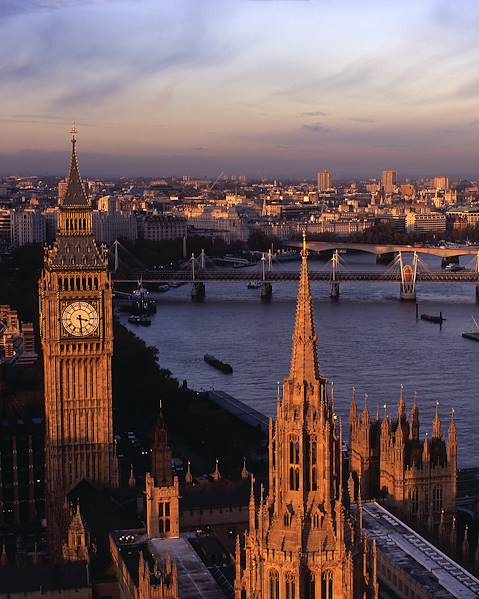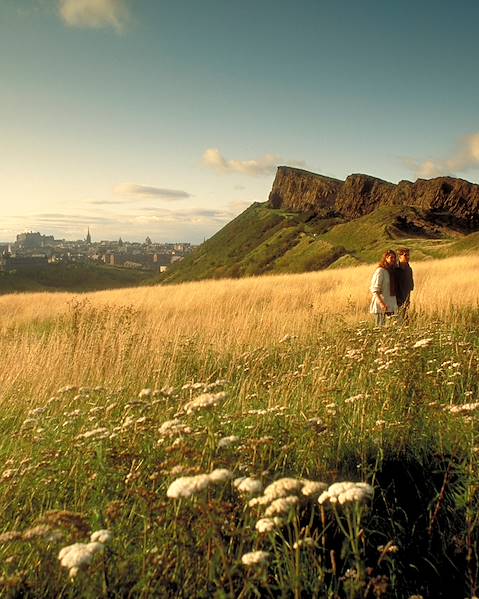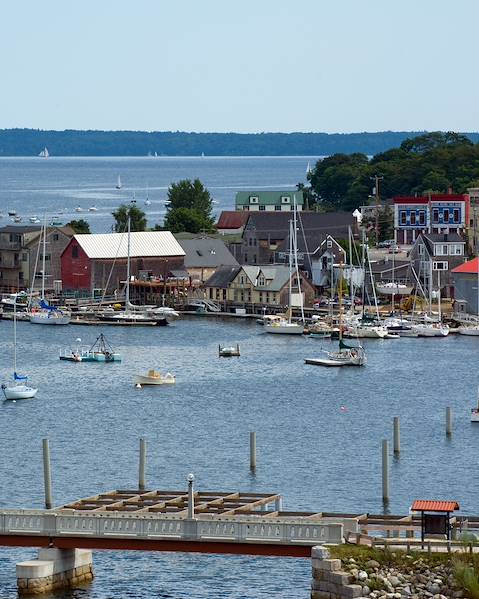Us Brits have accrued a whole dictionary worth of weather-related idioms and proverbs. ‘It’s raining cats and dogs’, ‘blowing a gale’, ‘tipping it down’… the list goes on and on. Because as much as the UK is known for being cold and rainy, so are we for talking about it. But it isn’t all doom and gloom. In spring, temperatures hover between 12-18°C and in high summer, it’s not uncommon to see highs of 30°C plus. In winter, temperatures do get considerably cooler (0 to -7°C) but couple that with long nights, foggy mornings and toasty winter hats and gloves and you have everything you need for a quintessential British winter complete with endless Christmas lights and festive activities if you venture into its sparkling cities. Overall, though, the UK has a very temperate climate so can easily be visited at any time of year.
England
The weather in England is temperate, with mild summers and winters. It is influenced by its position in the mid-latitude westerly wind belt on the edge of the Atlantic Ocean and changes in topography over relatively short distances. Rain is fairly well distributed throughout the year, with late winter/spring (February to April) as the driest months and late autumn/winter (October to January) the wettest. The north is prone to more rainfall due to its cold arctic front and mountainous topography, while the southeast and west usually see milder and drier winters due to their proximity to tropical continents. If you are after dry weather, the best time to visit England is during the summer (between June and August) when average temperatures range between 15-25°C. However, this is also the busiest season for tourists, so if you want a more authentic English experience, visit in spring, when flowers are blooming, or the autumn, when the streets and fields turn crisp and golden.
Scotland
The old Scottish saying goes ‘there’s no such thing as bad weather, only the wrong clothes’. Yet, despite being the closest country within the UK to the Arctic Circle, Scotland actually enjoys a very moderate and changeable oceanic climate. In spring, temperatures range from 7-13°C, while in June, July and August they average between 15-17°C. The country’s high latitude also means that the country sees long summer days and extended twilights. The Shetland Islands even enjoy almost four hours more daylight than London. Autumn (or fall) sees temperatures fall to 14°C with lows of 8°C and the countryside become a patchwork of crimsons, yellows and fiery reds; while in winter, temperatures drop to their lowest of 0°C. Snowfall in Scotland’s major towns and cities, including Edinburgh and Glasgow, ranges between 15 to 20 days and 100 days in the Highlands, which makes the area perfect for snow sports.
Northern Ireland
The best time to visit Northern Ireland is in summer, between June and August. Thanks to the Gulf Stream, seasons are never extreme. Summers see highs of 20°C, which perfectly complement the Mourne Mountain’s colourful displays of wildflowers, bustling Belfast streets and glinting green hills around Omagh. If you’d rather skip the crowds around the Causeway Coast and Portstewart Strand, however, plan your trip for spring or autumn. Watch the seasons change before you, bask in the surprisingly mild temperatures (10°C plus) and join in on the festivities at The Glens Storytelling Festival (October) or St Patrick’s Day (March). Travelling to Northern Ireland in winter is best avoided. To quote its locals, winter winds can feel almost ‘pure Baltic’ and rainfall tends to be higher than Ireland and other parts of the UK. But really, come rain or shine, you’ll be grand in the land that knows how to party and pub hard.
Wales
Like the rest of the UK, Wales has a maritime climate. The mean annual temperature at low altitudes in Wales varies from about 9.5 °C to 11 °C. July is the country’s warmest month and the best time to travel to Wales, with temperatures varying from 17°C, which tend to rise the nearer you get to the country’s 1,680 miles of coastline. Wales tends to be wetter than England, especially in its mountainous regions of Snowdonia and the Brecon Beacons. However, its beaches are some of the UK’s best, particularly around the South Gower Coast and along the Wales Coast Path, which traces 870 miles from North Wales, through Pembrokeshire to the South Wales Coast. The diverse landscapes of Wales make it a prime destination for outdoor adventures whatever the weather – just remember to pack your waterproof.

















